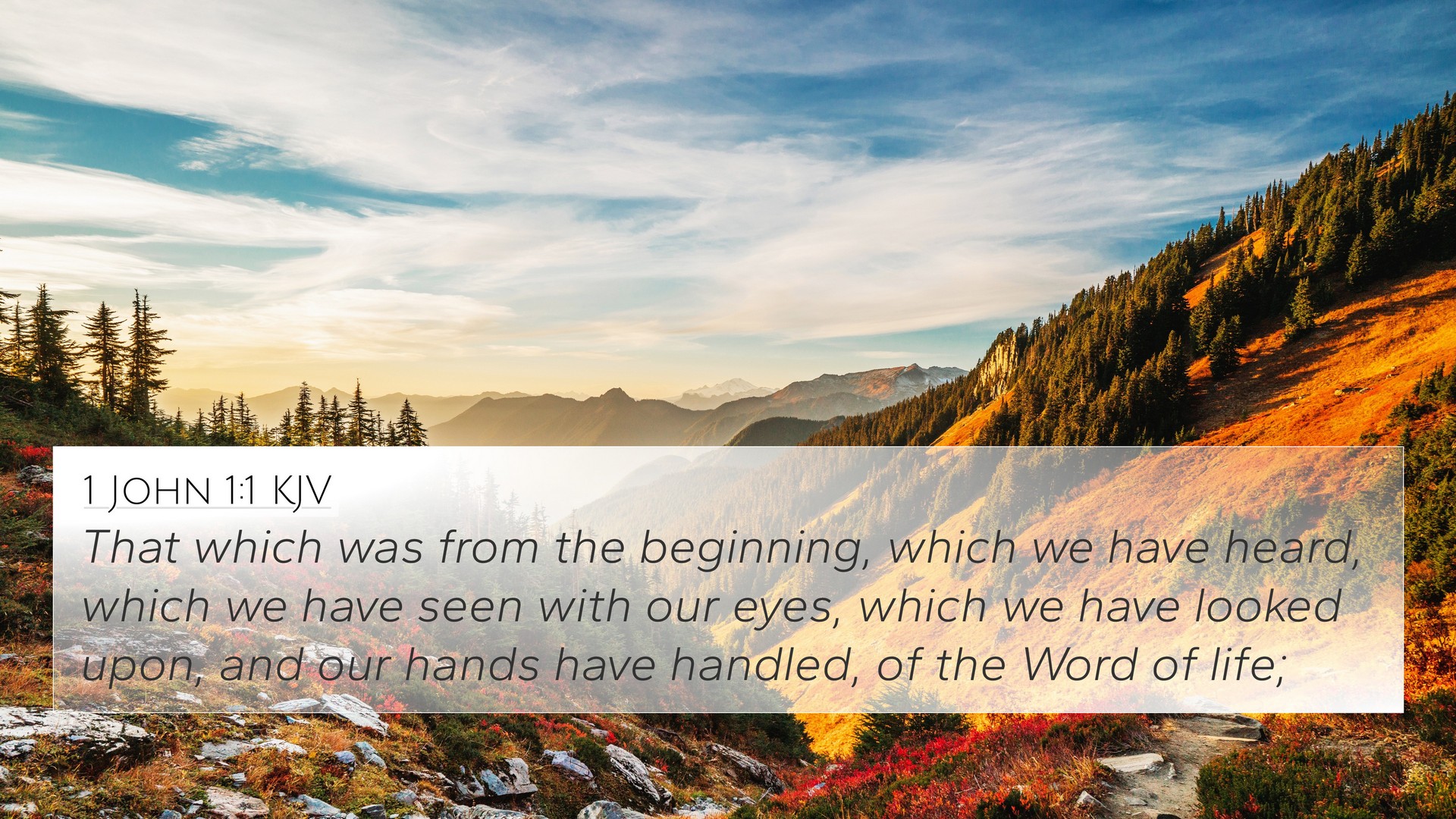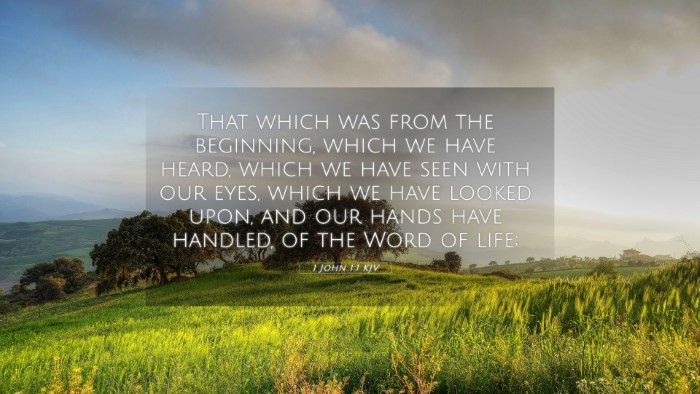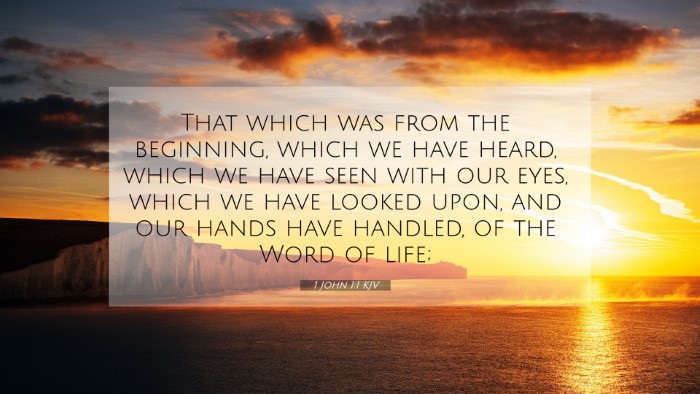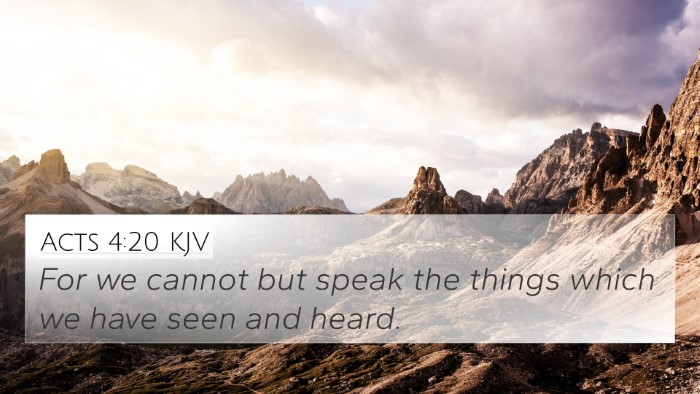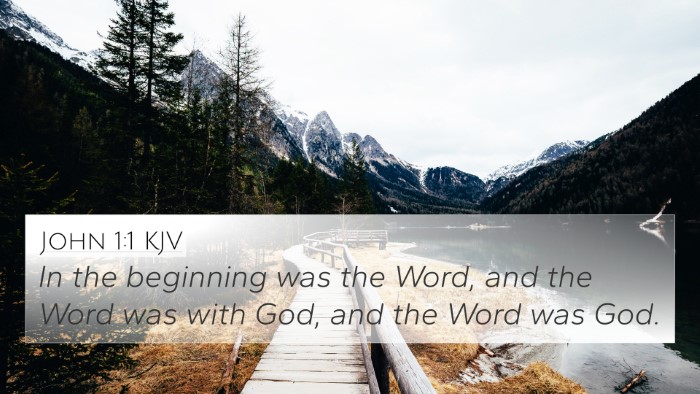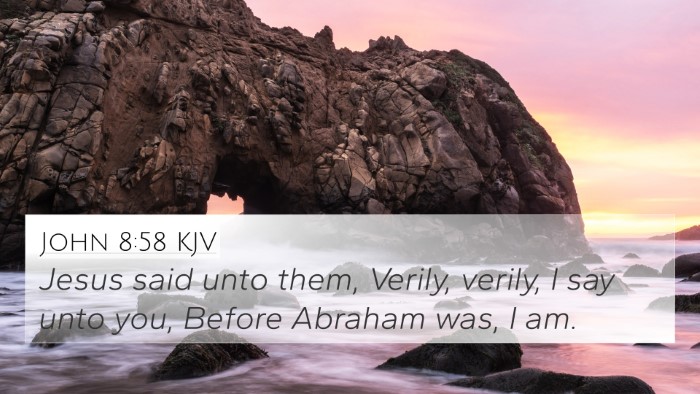Old Testament
Genesis Exodus Leviticus Numbers Deuteronomy Joshua Judges Ruth 1 Samuel 2 Samuel 1 Kings 2 Kings 1 Chronicles 2 Chronicles Ezra Nehemiah Esther Job Psalms Proverbs Ecclesiastes Song of Solomon Isaiah Jeremiah Lamentations Ezekiel Daniel Hosea Joel Amos Obadiah Jonah Micah Nahum Habakkuk Zephaniah Haggai Zechariah Malachi1 John 1:1 Similar Verses
1 John 1:1 Cross References
That which was from the beginning, which we have heard, which we have seen with our eyes, which we have looked upon, and our hands have handled, of the Word of life;
Uncover the Rich Themes and Topics of This Bible Verse
Listed below are the Bible themes associated with 1 John 1:1. We invite you to explore each theme to gain deeper insights into the Scriptures.
1 John 1:1 Cross Reference Verses
This section features a detailed cross-reference designed to enrich your understanding of the Scriptures. Below, you will find carefully selected verses that echo the themes and teachings related to 1 John 1:1 KJV. Click on any image to explore detailed analyses of related Bible verses and uncover deeper theological insights.
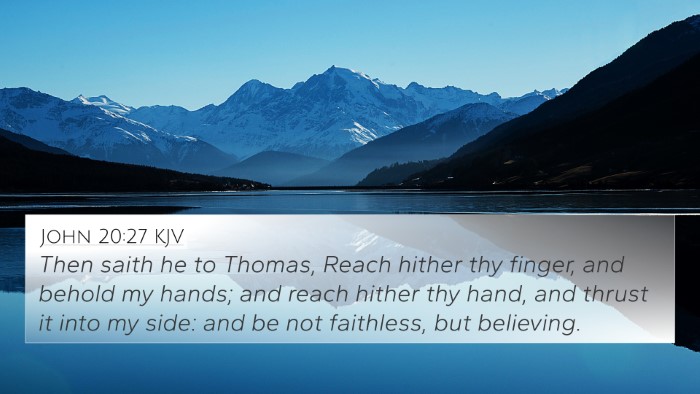
John 20:27 (KJV) »
Then saith he to Thomas, Reach hither thy finger, and behold my hands; and reach hither thy hand, and thrust it into my side: and be not faithless, but believing.
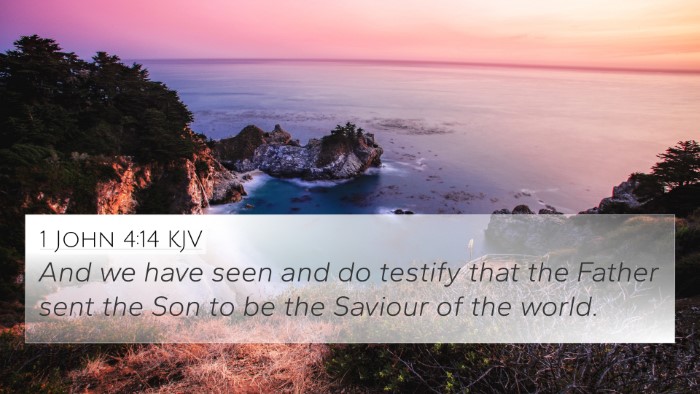
1 John 4:14 (KJV) »
And we have seen and do testify that the Father sent the Son to be the Saviour of the world.
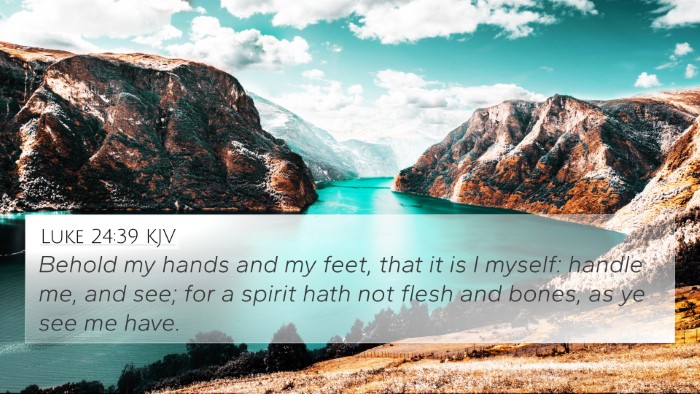
Luke 24:39 (KJV) »
Behold my hands and my feet, that it is I myself: handle me, and see; for a spirit hath not flesh and bones, as ye see me have.

John 5:26 (KJV) »
For as the Father hath life in himself; so hath he given to the Son to have life in himself;
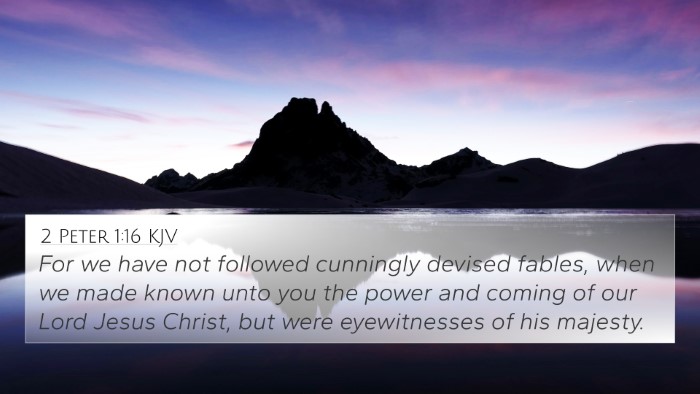
2 Peter 1:16 (KJV) »
For we have not followed cunningly devised fables, when we made known unto you the power and coming of our Lord Jesus Christ, but were eyewitnesses of his majesty.
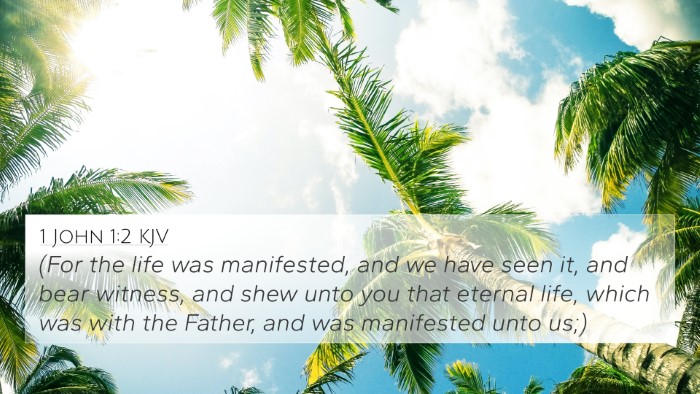
1 John 1:2 (KJV) »
(For the life was manifested, and we have seen it, and bear witness, and shew unto you that eternal life, which was with the Father, and was manifested unto us;)
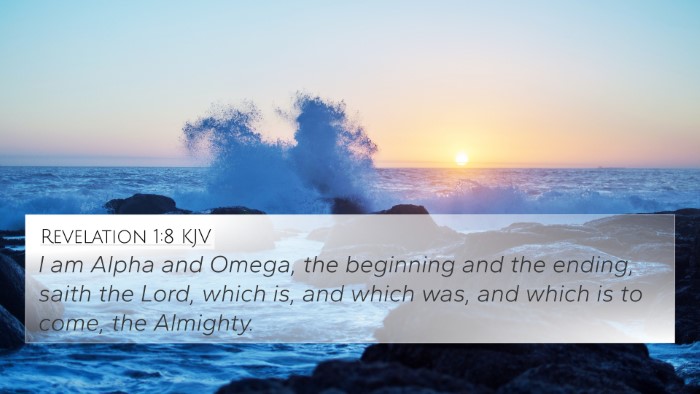
Revelation 1:8 (KJV) »
I am Alpha and Omega, the beginning and the ending, saith the Lord, which is, and which was, and which is to come, the Almighty.
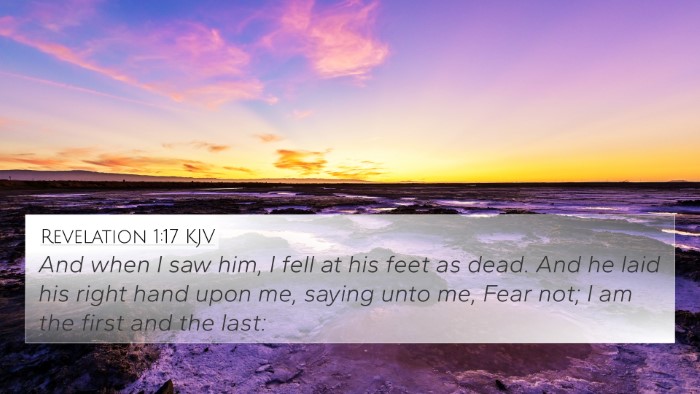
Revelation 1:17 (KJV) »
And when I saw him, I fell at his feet as dead. And he laid his right hand upon me, saying unto me, Fear not; I am the first and the last:
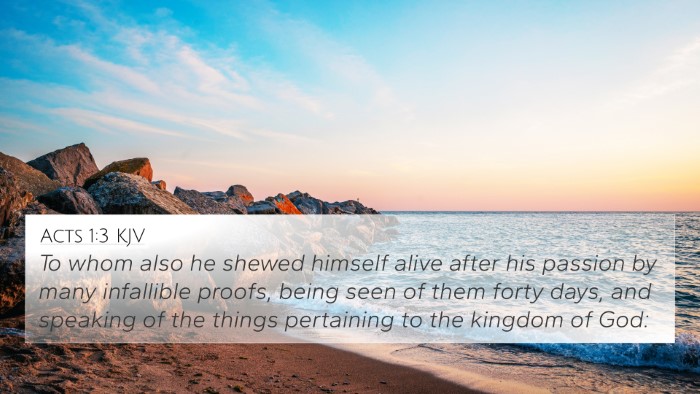
Acts 1:3 (KJV) »
To whom also he shewed himself alive after his passion by many infallible proofs, being seen of them forty days, and speaking of the things pertaining to the kingdom of God:
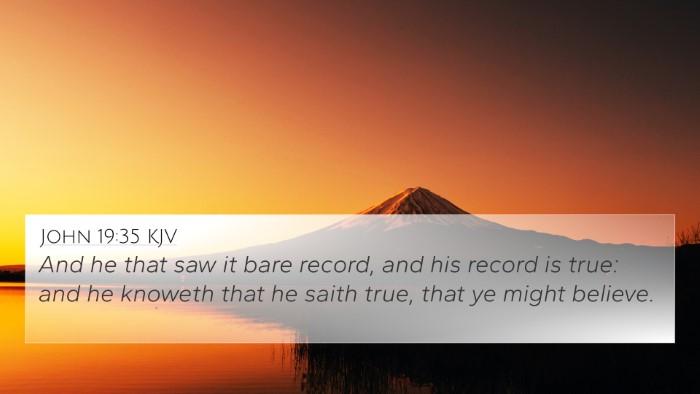
John 19:35 (KJV) »
And he that saw it bare record, and his record is true: and he knoweth that he saith true, that ye might believe.
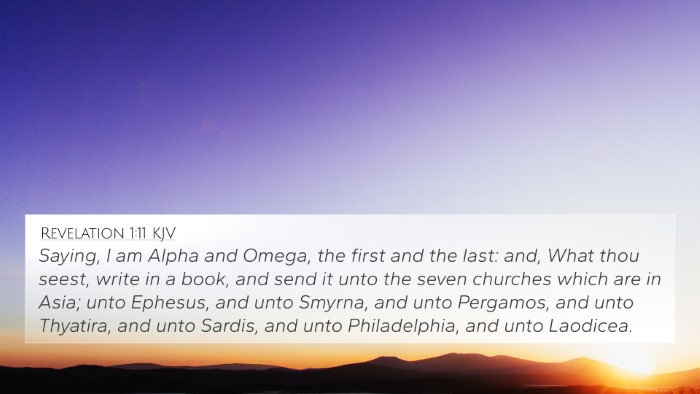
Revelation 1:11 (KJV) »
Saying, I am Alpha and Omega, the first and the last: and, What thou seest, write in a book, and send it unto the seven churches which are in Asia; unto Ephesus, and unto Smyrna, and unto Pergamos, and unto Thyatira, and unto Sardis, and unto Philadelphia, and unto Laodicea.

Micah 5:2 (KJV) »
But thou, Bethlehem Ephratah, though thou be little among the thousands of Judah, yet out of thee shall he come forth unto me that is to be ruler in Israel; whose goings forth have been from of old, from everlasting.
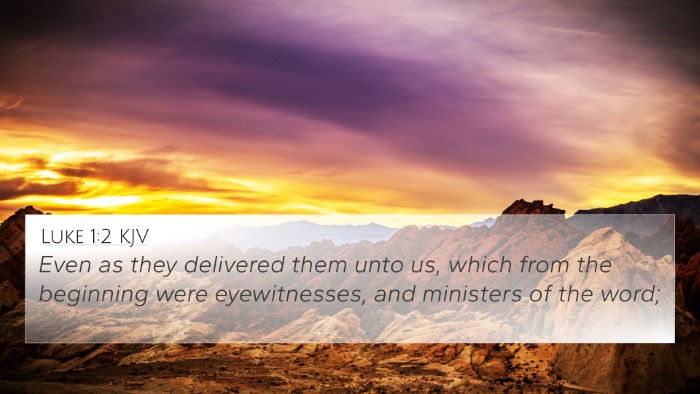
Luke 1:2 (KJV) »
Even as they delivered them unto us, which from the beginning were eyewitnesses, and ministers of the word;
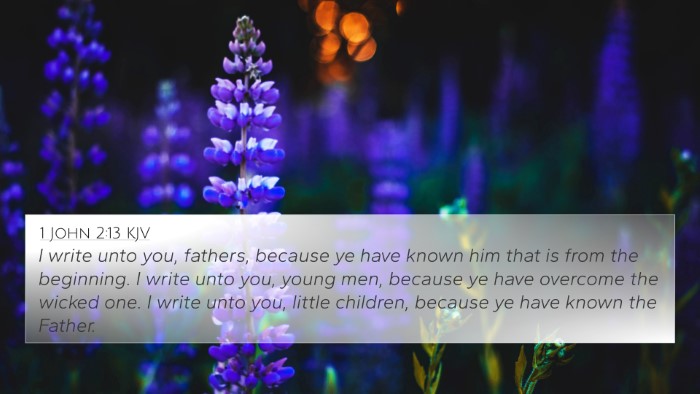
1 John 2:13 (KJV) »
I write unto you, fathers, because ye have known him that is from the beginning. I write unto you, young men, because ye have overcome the wicked one. I write unto you, little children, because ye have known the Father.
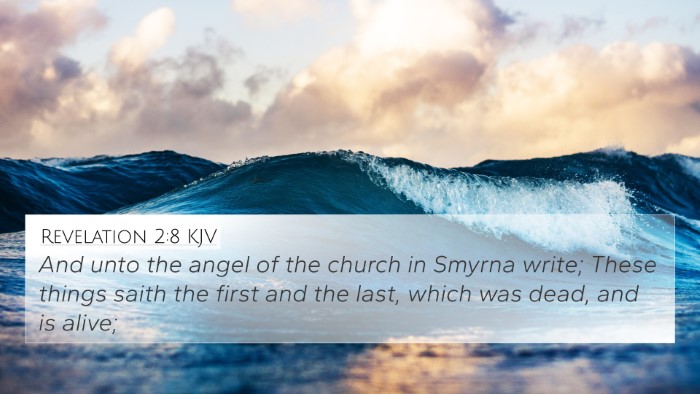
Revelation 2:8 (KJV) »
And unto the angel of the church in Smyrna write; These things saith the first and the last, which was dead, and is alive;
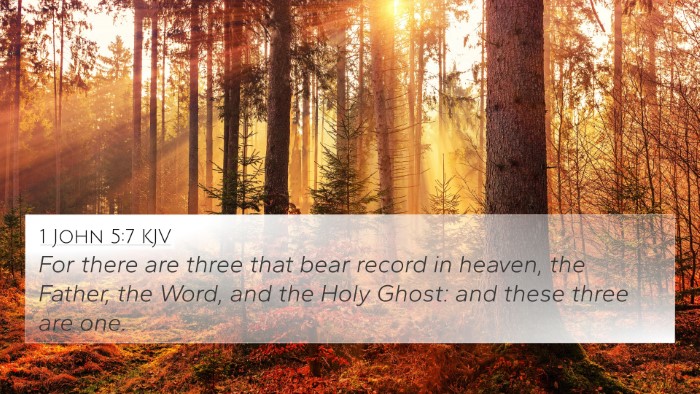
1 John 5:7 (KJV) »
For there are three that bear record in heaven, the Father, the Word, and the Holy Ghost: and these three are one.
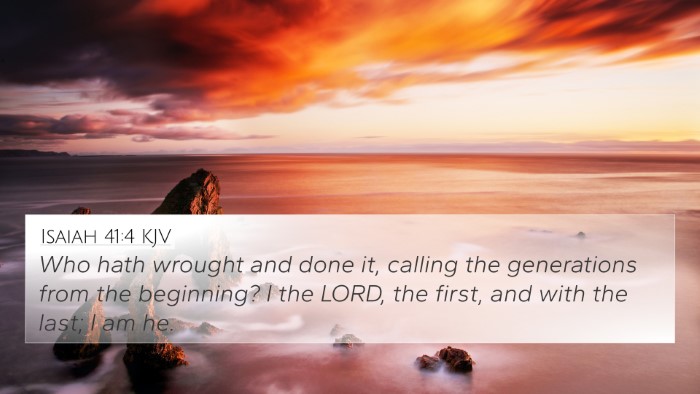
Isaiah 41:4 (KJV) »
Who hath wrought and done it, calling the generations from the beginning? I the LORD, the first, and with the last; I am he.
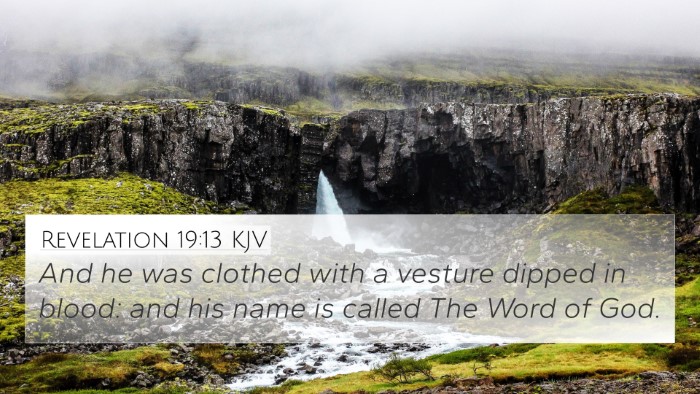
Revelation 19:13 (KJV) »
And he was clothed with a vesture dipped in blood: and his name is called The Word of God.
1 John 1:1 Verse Analysis and Similar Verses
Understanding 1 John 1:1
Verse: 1 John 1:1 - "That which was from the beginning, which we have heard, which we have seen with our eyes, which we have looked upon, and our hands have handled, of the Word of life."
Overview
This verse serves as an introduction to the epistle of 1 John. It articulates the reality of Christ's physical existence and emphasizes the intimate experience of the apostles with Jesus. According to Matthew Henry, the apostle John aims to affirm the truth of Jesus Christ as both God and man, and the historical evidence backing His incarnation.
Key Themes
- Physical Reality of Christ: John's emphasis on “we have seen” and “we have handled” signifies the tangible reality of Jesus' existence.
- Connection to the Beginning: The phrase “from the beginning” draws a parallelism with the Genesis creation narrative, linking Jesus to the foundational elements of faith and creation.
- Testimony and Witness: John clarifies that the apostles are eye-witnesses, thus providing a foundation for their testimony about Christ.
Cross-References
This verse is richly interconnected with several other scriptures in both the Old and New Testaments, showing the thematic connections and continuity of the biblical narrative:
- John 1:1: "In the beginning was the Word, and the Word was with God, and the Word was God." - This verse affirms the eternal nature of Christ, paralleling the beginning theme in 1 John 1:1.
- Genesis 1:1: "In the beginning God created the heaven and the earth." - Highlights the cosmic significance of creation and how it relates to Jesus.
- 2 Peter 1:16: "For we did not follow cleverly devised myths when we made known to you the power and coming of our Lord Jesus Christ, but we were eyewitnesses of his majesty." - Reinforces the witness theme inherent in John’s opening declaration.
- Hebrews 2:14: "Since therefore the children share in flesh and blood, he himself likewise partook of the same things." - Emphasizes Jesus' incarnation.
- John 14:9: "Whoever has seen me has seen the Father." - Explains the unity between Christ's physical form and the divine.
- Colossians 1:16: "For by him all things were created, in heaven and on earth, visible and invisible." - Illustrates Christ’s divine role in creation.
- Matthew 17:1-2: Describes the transfiguration of Jesus, presenting His divine glory, which the apostles experienced.
Insights from Commentaries
Albert Barnes observes that the articulation of “we have handled” implies a profound engagement with Christ, substantiating the faith of believers through the concrete realities of their experiences.
Adam Clarke elaborates further, suggesting that John is refuting Gnostic teachings that denied the true humanity of Christ. Clarke underscores the importance of authentic experiences of faith in validating the truth of the gospel.
Theological Implications
The verse sets a foundation for understanding Christ’s divine nature alongside His genuine humanity. It invites theological reflection on the incarnation, the nature of witness, and the basis of Christian belief.
Practical Applications
This verse encourages believers to embrace the physicality of Christ’s presence and His accessibility in faith. It can also inspire discussions around how personal experiences shape our understanding of God.
Conclusion
The opening verse of 1 John encapsulates the essence of Christian faith – that Jesus is a tangible, historic truth that can be known experientially. With a firm connection to the beginning of creation and a strong witness testimony, it paves the way for deeper explorations into the nature of Christ and the foundation of believers' faith.
Further Study Resources
For those wanting to delve deeper into the themes of cross-referencing biblical texts, consider utilizing a Bible concordance and engaging in cross-reference Bible study practices. These tools help in enhancing understanding of the connections between bible verses, uncovering links, and facilitating a comprehensive analysis of scriptures related to specific themes.
